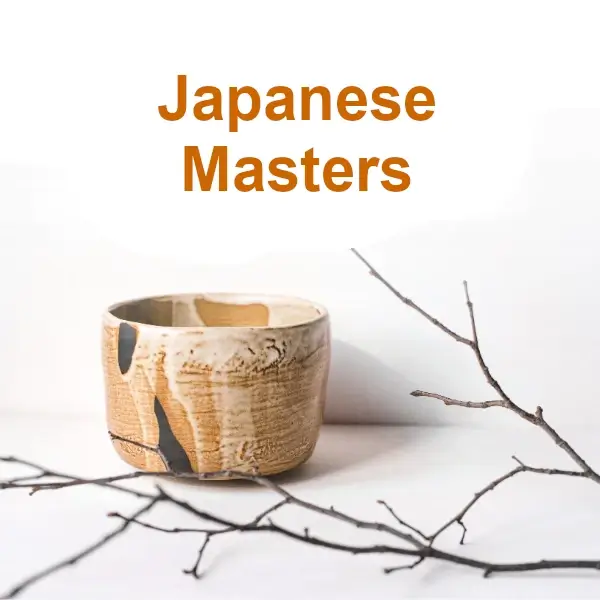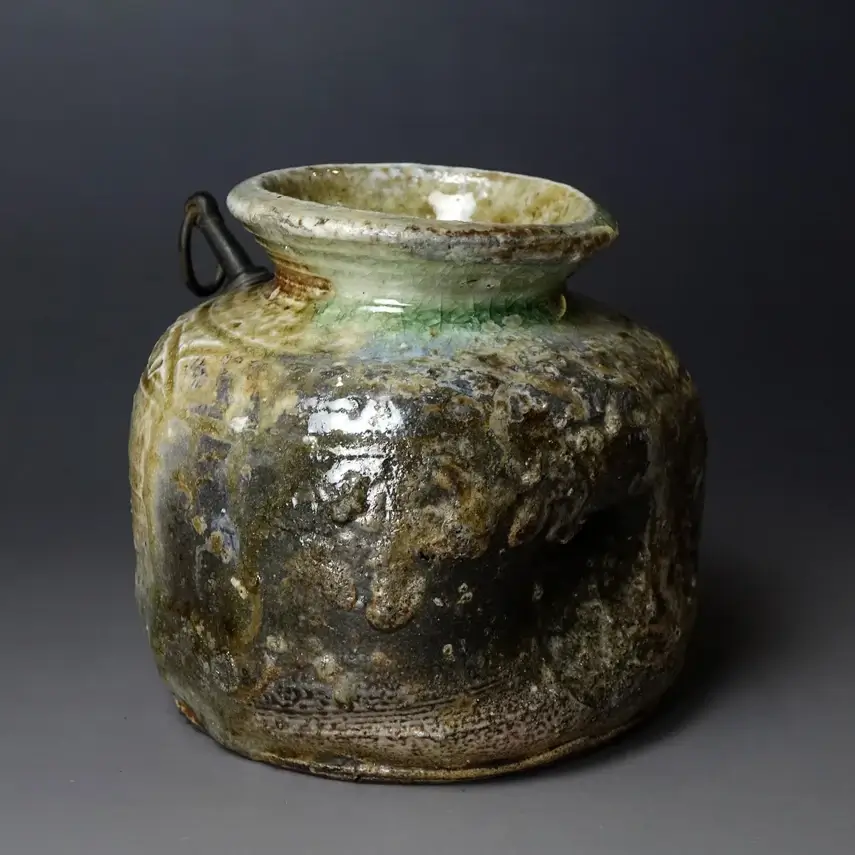Who was Tōshū Yamamoto? Meet this genius of Ceramics
The Ceramic Odyssey of Yamamoto Tōshū
Yamamoto Tōshū, born in 1906, emerged from Japan’s rich ceramic tradition and history to leave an indelible mark on the art world. His journey began at an early age, at 15, when he decided to forge his own path in the world of clay. By 1933, at just 27, Tōshū had already established his own studio, marking the beginning of a distinguished and innovative career.
What distinguishes Tōshū is not only his innate skill with the potter’s wheel, but also his conscious decision to expand his knowledge beyond the traditional boundaries of Bizen. His quest led him to study under the tutelage of Kusube Yaichi, a master who profoundly influenced his progressive view of Bizen pottery and honed his mastery of the potter’s wheel. This mentorship was crucial, as Tōshū is said to have created some of the finest objects made on the wheel within the Bizen tradition.
His talent and dedication did not go unnoticed; in 1959, Tōshū was introduced to the world at the Brussels World’s Fair, where he received the gold award. That same year, he was named Okayama Important Cultural Property, a recognition underscoring his crucial role in the preservation of Bizen ware. Over the years, Tōshū accumulated an impressive list of honors and awards, cementing his status in the art world.
The pinnacle of his career came in 1987, when he was designated a Living National Treasure (Important Intangible Cultural Property), joining the ranks of legendary figures such as Kaneshige Tōyō and Fujiwara Kei. This distinction not only recognized his mastery of Bizen ware, but also celebrated his unique approach and significant contributions to Japanese ceramic art.
Tōshū’s work, known for its distinctive and sometimes unusual style, continues to be a source of inspiration and admiration. His legacy lives on, not only in his creations but also in the influence he exerted on contemporary ceramics. Yamamoto Tōshū passed away in 1994, but his artistic spirit and contributions to the world of Bizen ceramics remain revered to this day.
List of Japanese master ceramists
In an attempt to give recognition to the master ceramists of Japan, we have made a series of biographical articles, you can access them through this drop-down list.
We hope this will help to spread the beautiful tradition of Japanese pottery.
It will help us if you share on social media:
Other posts about Japanese pottery:


